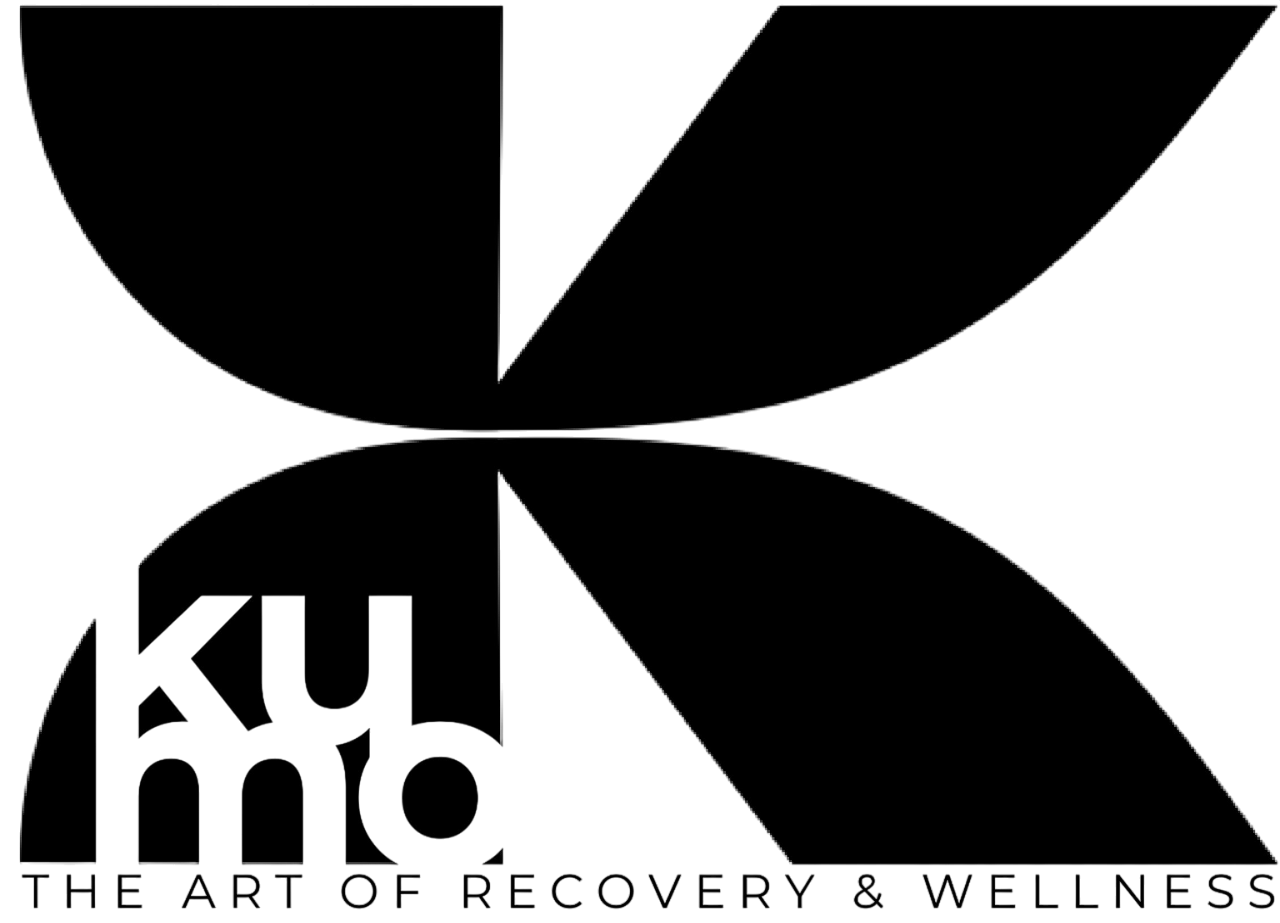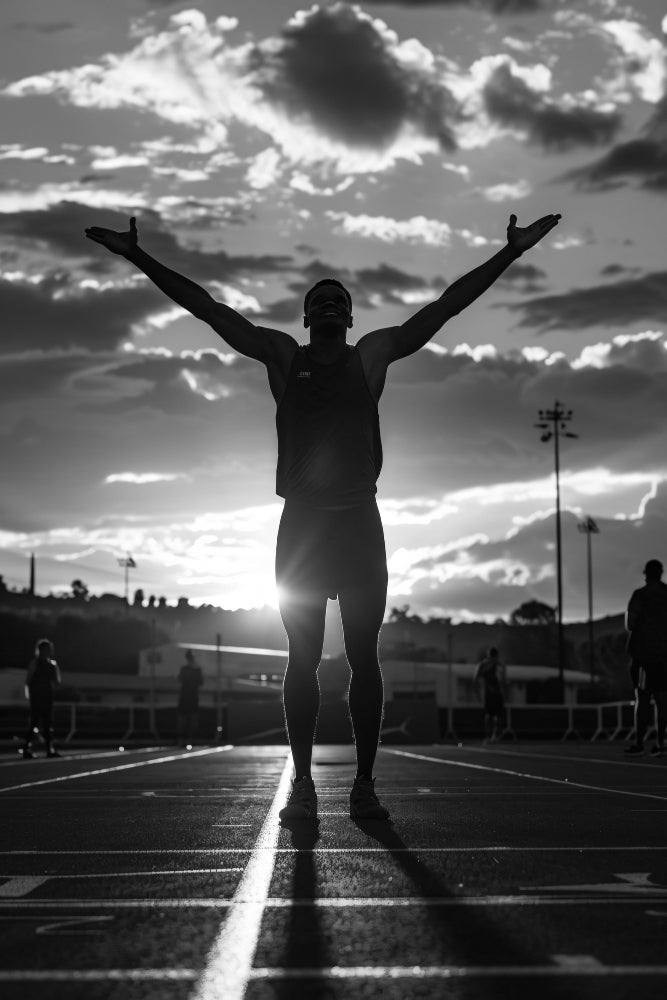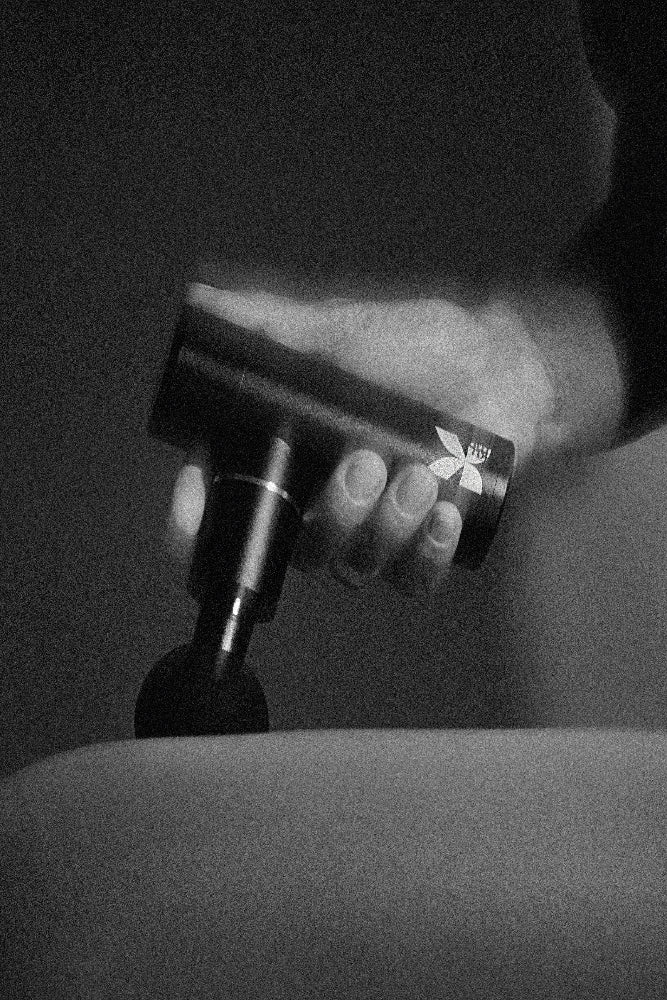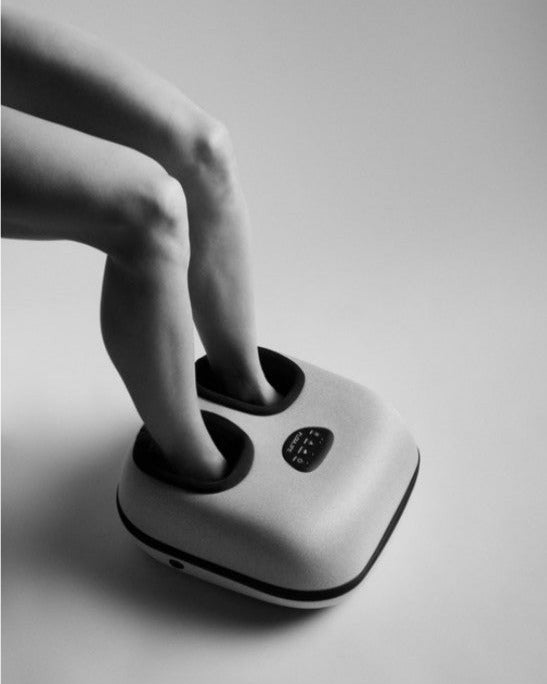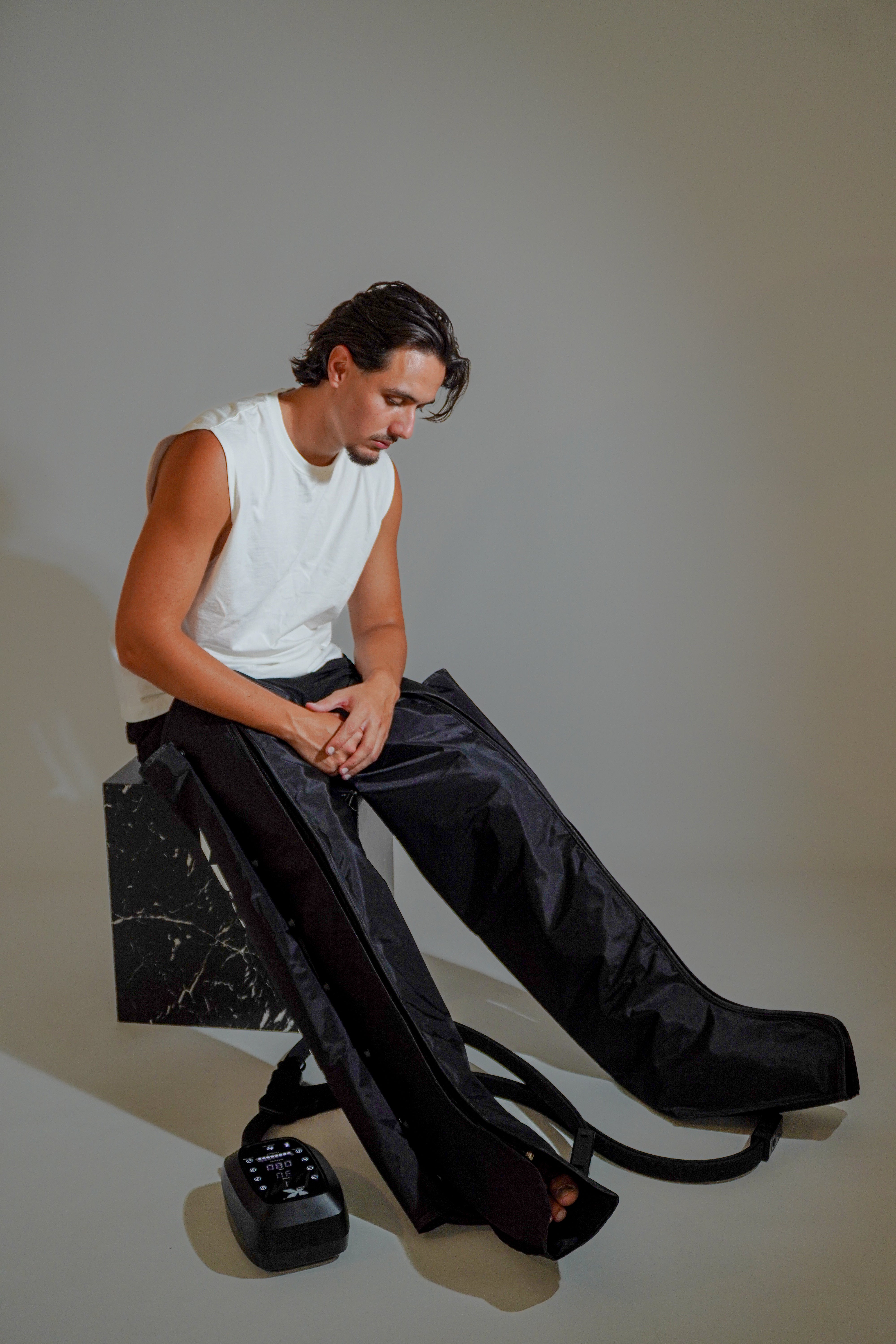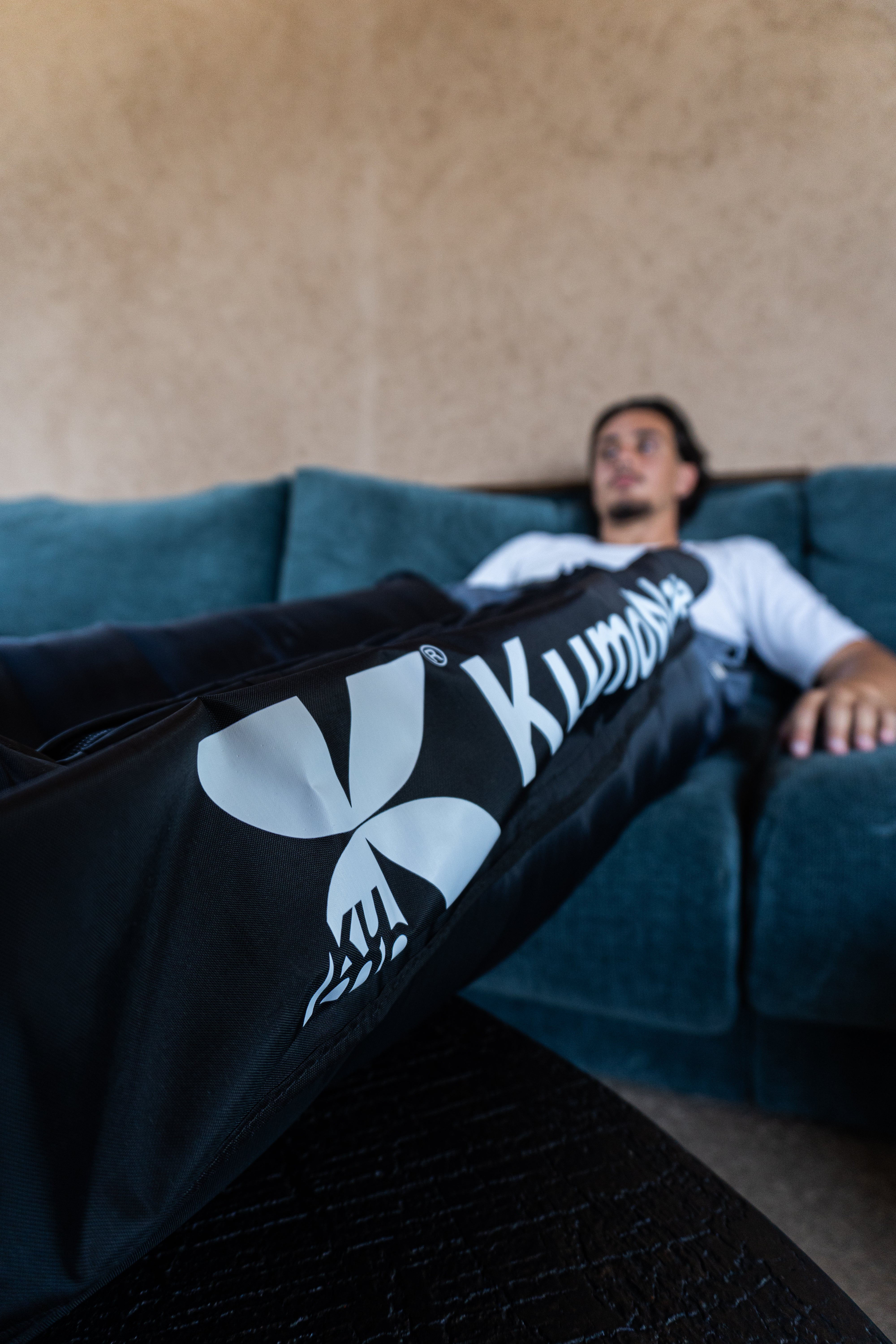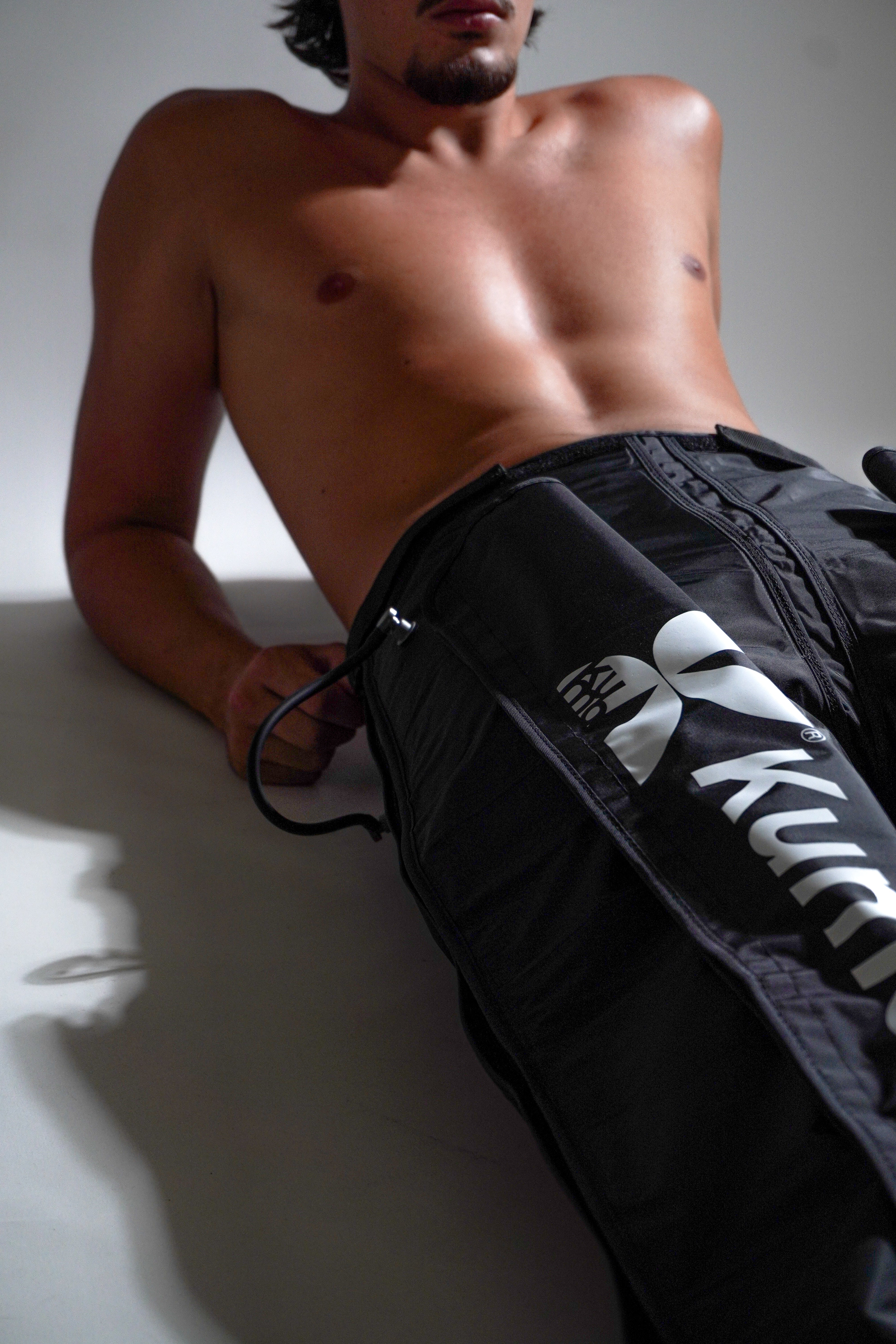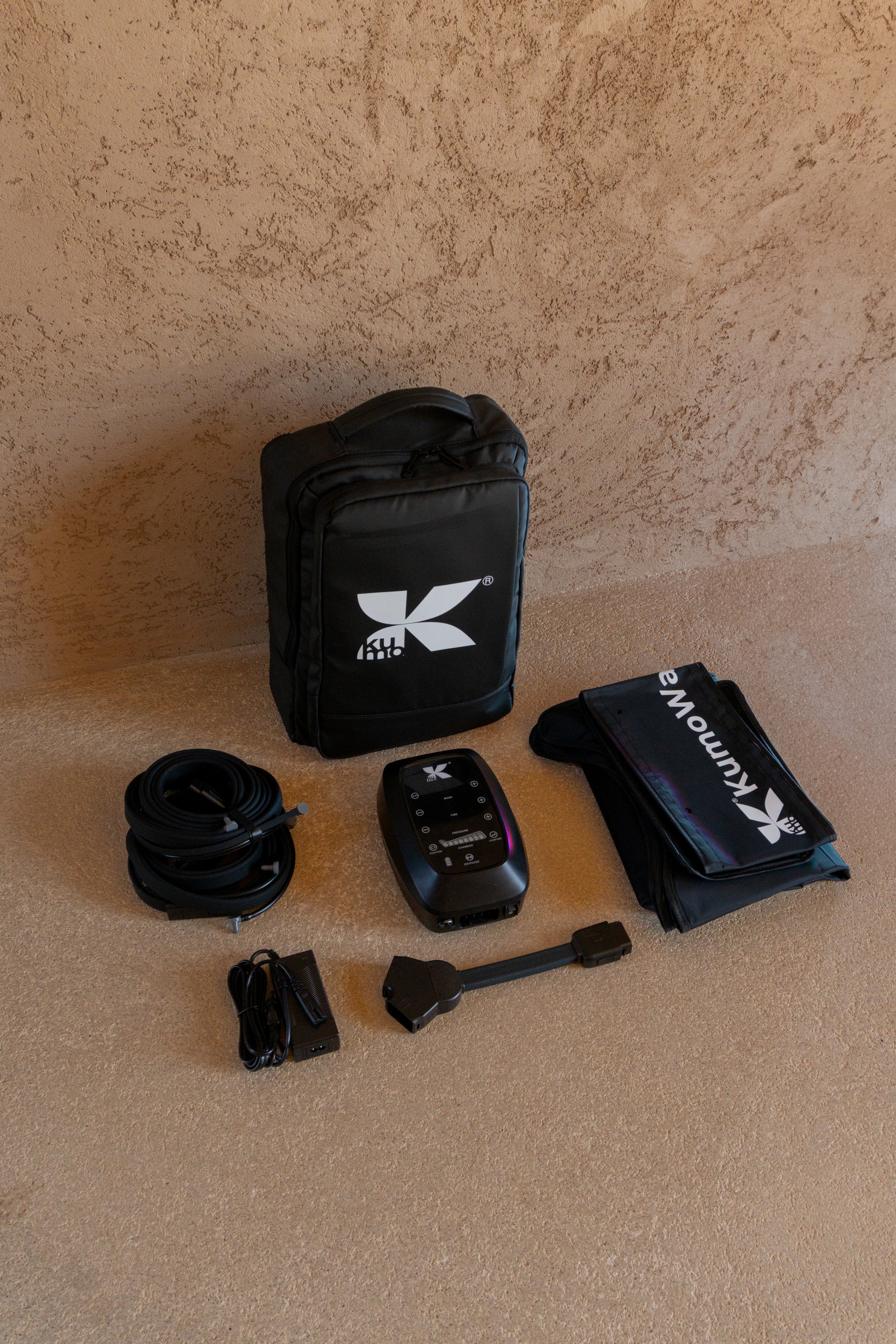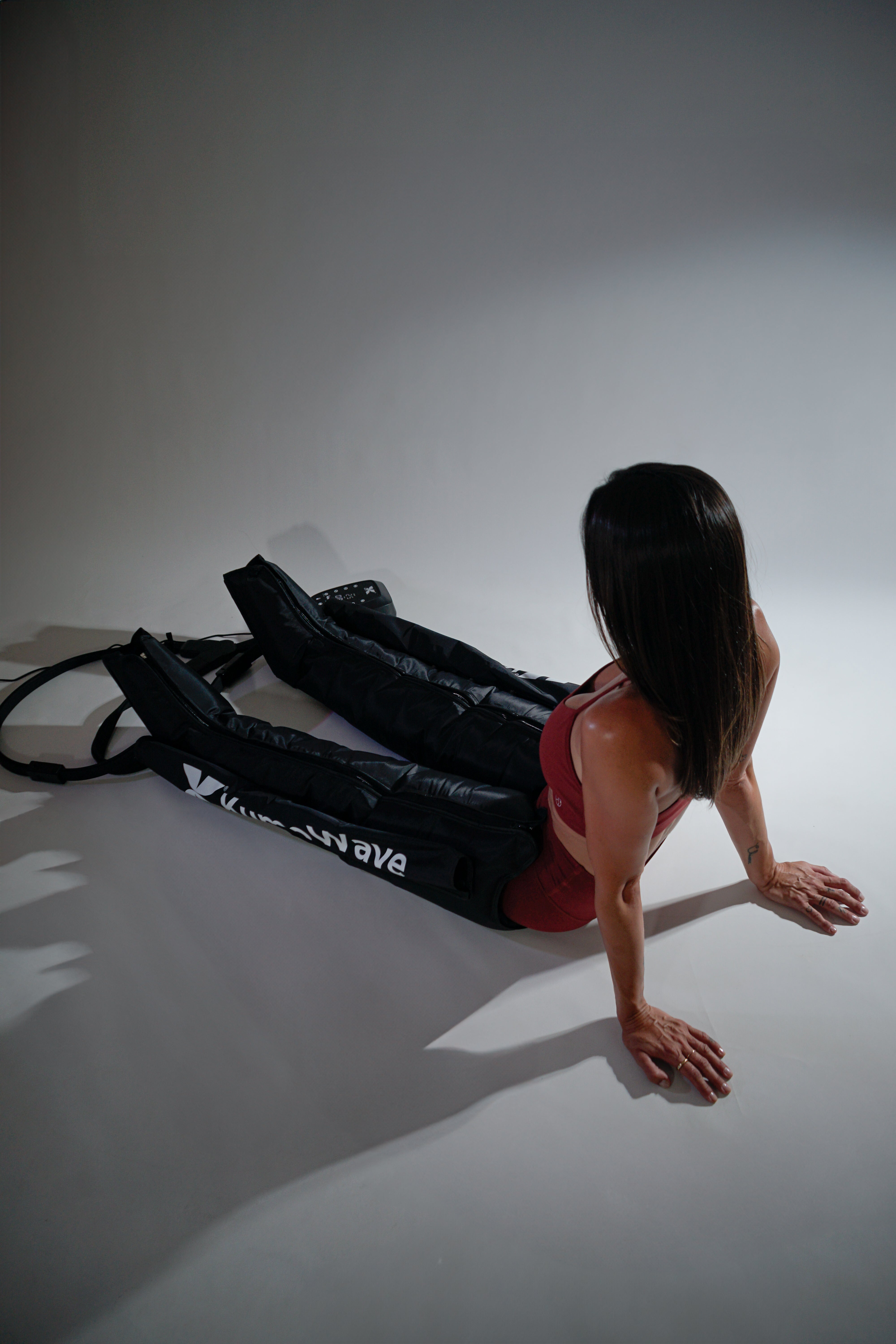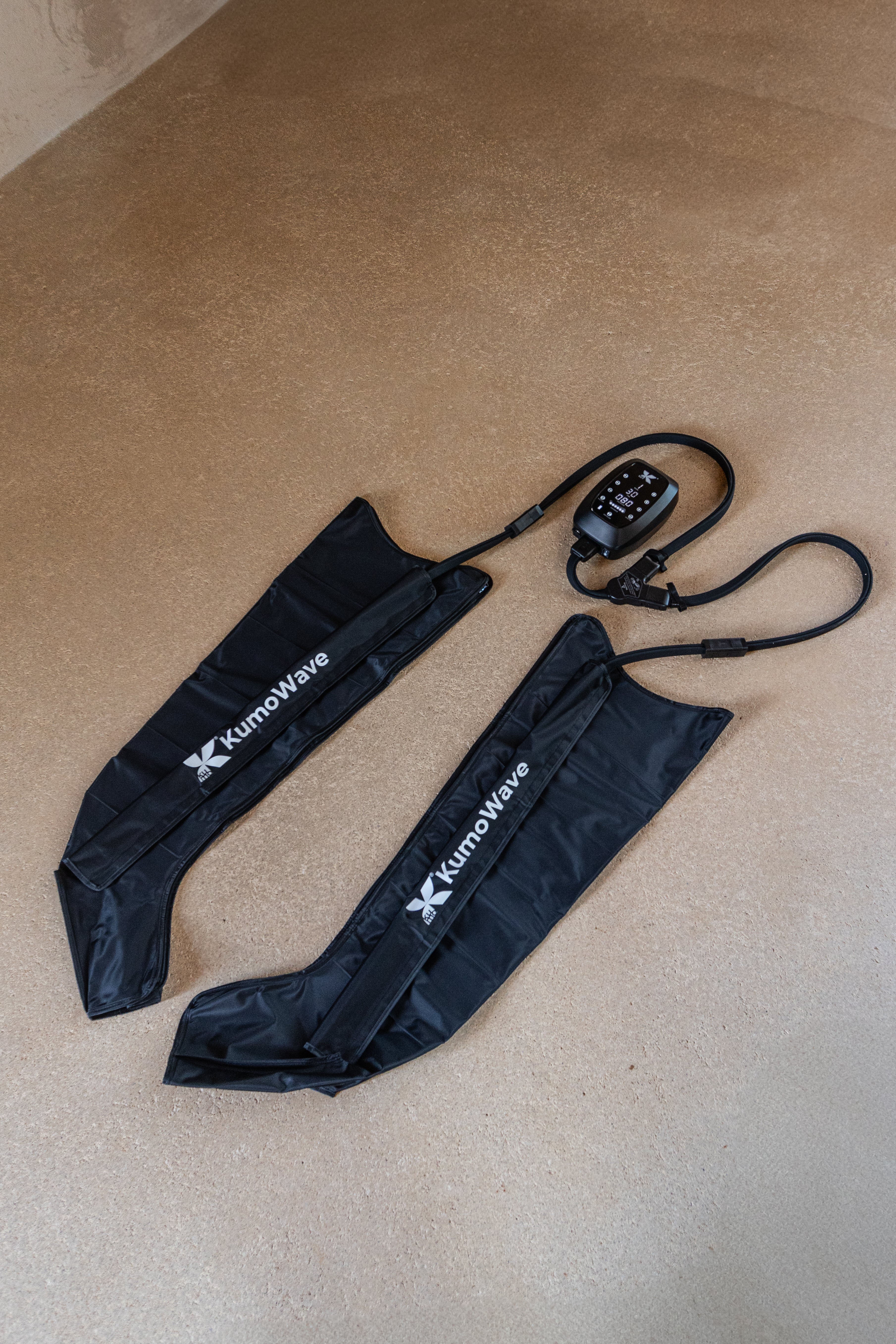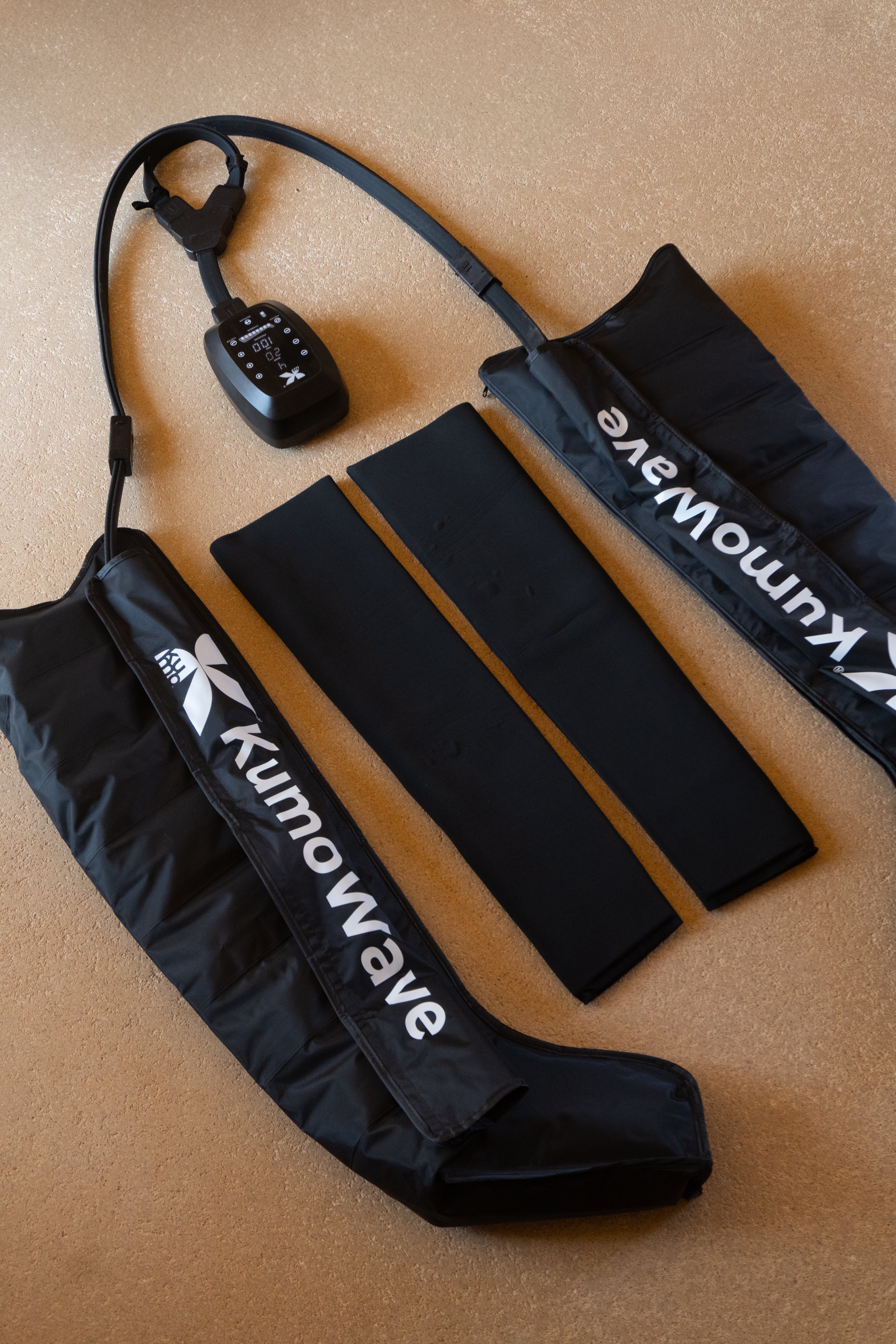Pressure therapy boots to accelerate sports recovery. Here's how they work, when to use them, and how to integrate them effectively and safely.
Coming soon
- They accelerate venous return and lymphatic drainage, helping to reduce swelling and heaviness after training and competition.
- Most consistent benefit: decreased perceived muscle pain and a feeling of “light” legs.
- Greater effectiveness when combined with sleep, nutrition, hydration, and a well-planned training load.
- Practical use: regular post-exercise sessions, pressure and duration adjusted to comfort and the objective of the day.
- Caution should be exercised in the case of vascular pathologies, thrombosis, skin infections, or acute injuries; if in doubt, consult a professional.
| Aim | Approach to use with pressotherapy boots |
|---|---|
| Download after training | Short, comfortable sessions with a progressive pace and relaxed breathing |
| Gentle preparation | Light compression, short cycles to “wake up” circulation |
| Travel/tournaments | Post-displacement routine to alleviate swelling and heaviness |
| High load days | More attention to passive recovery; combine with mobility and hydration |
| Discomfort management | Adjust pressure to comfort; stop if sharp pain or numbness occurs. |
What are pressotherapy boots and how do they work?
Pressotherapy boots are intermittent pneumatic compression (IPC) devices that inflate chambers in segments from the foot toward the thigh. This "pumping" promotes venous return and lymphatic flow, helping to mobilize fluids and metabolites.
- The main mechanism is mechanical: sequential compression that displaces blood and lymph toward the trunk, with subsequent decompression to allow capillary refilling.
- Effects perceived by athletes: relief from the feeling of strain, reduced stiffness, and general relaxation that facilitates rest.
Clinical sources describe IPC as a valid tool for improving circulation and reducing edema in medical settings; these same principles are cautiously applied to recreational and high-performance sports:
- Clinical and Safety Information on CNI: Cleveland Clinic
- Method description and contraindications: Physiopedia – Intermittent Pneumatic Compression
Pressotherapy does not replace the foundations of recovery (sleep, nutrition, load management). It's a valuable complement, especially during weeks of high demand.
Benefits for athletes: what you can expect
Post-exercise recovery and DOMS
Following intense exercise, intermittent pneumatic compression can help reduce perceived muscle soreness for 24–48 hours and the sensation of heavy legs. Recent literature shows mixed results on performance variables (sprints, jumps), but a favorable trend in subjective well-being and perceived recovery. In practice, this translates into "arriving better" at the next session, especially when integrated with solid habits.
Circulation, drainage and feeling of lightness
IPC increases venous return and can reduce transient edema after heavy lifting or long journeys. Endurance and team athletes report less tension in their calves and quadriceps muscles and a more comfortable recovery the next day.
Travel, tournaments and tight schedules
During periods with consecutive matches or stages, a short boot routine after each matchday helps manage the load. After long flights or travel, compression promotes venous drainage and reduces swelling, complementing movement and hydration strategies.
Relaxation and quality of rest
The passive, rhythmic component of compression can induce a state of relaxation, facilitating the transition to sleep. Combining it with dim lighting and diaphragmatic breathing maximizes the effect.
How to use them well: parameters and key moments
When to use them?
- Post-workout/competition: the most common option for “unloading”.
- For light activations: 10–15 minutes of light compression before technical or mobility sessions.
- After trips: upon arrival, along with short walks and good hydration.
Practical parameters
- Pressure: Adjust to a comfortable, progressive level. Avoid discomfort, tingling, or numbness.
- Duration: Consistent and regular sessions outperform sporadic “macro-sessions.”
- Programs: Sequential from distal to proximal; modes with complete release between cycles are usually well tolerated.
Usage tips:
- Sufficient hydration and slightly elevated legs improve tolerance.
- Keep your skin clean and dry; check for chafing or irritation if you use it frequently.
Integration with other recovery strategies
- Mobility and gentle stretching after the session.
- Heat/light techniques for stiff muscles. If you're interested in supporting sleep and muscle repair, explore red LED light therapy .
- Percussive massage on stiff areas before or afterward as tolerated; for example, the KumoPulse Air massage gun to release specific areas.
- Recovery routines and products aligned with KUMO 's comprehensive approach.
Safety, contraindications and warning signs
Before using compression boots, check your health. Avoid using them or consult a professional if you have:
- Deep vein thrombosis (suspected or diagnosed), bleeding disorders, or uncontrolled anticoagulation.
- Decompensated heart failure, severe arterial ischemia or neuropathies with loss of sensation.
- Skin infections, open wounds, active dermatitis, or unassessed acute pain.
- Recent surgery without medical discharge for compression.
Clinical guidelines describe these precautions for IPC in healthcare settings, applicable to the sports context: Cleveland Clinic, Physiopedia .
Weekly practical plan (guideline)
- High-load days: post-workout pressure therapy session; slow breathing, hydration, and a protein snack.
- Technical days: If you feel stiff, use light compression briefly as a “wake-up.”
- Travel: Upon arrival, walk for 10–15 minutes, then do moderate compression and gentle stretching.
- Competition: Consistent, short routines after each day add up more than occasional uses.
- Monitor sensations: If there is tingling, sharp pain, or numbness, stop the session and reassess.
To discover compression solutions adapted to sport, visit the pressotherapy collection .
Frequently Asked Questions
Are pressure therapy boots good for “muscle soreness”?
Yes, many people report less delayed-onset muscle soreness and a feeling of lighter legs the next day. Intermittent pneumatic compression promotes venous return and fluid drainage, which can alleviate post-load tenderness. Scientific evidence is mixed on performance markers (it doesn't always improve sprints or jumps), but it is more consistent on perceived well-being and discomfort reduction. Use it as a complement to basic strategies: adequate sleep, post-workout protein and carbohydrate intake, and intelligent load management.
How long and at what pressure should I use them?
Start with moderate sessions and comfortable pressure, without pain or tingling. The key is consistency: several well-tolerated sessions per week are often more helpful than a single, long session. Adjust according to your goal (relief, gentle activation) and how you feel. If you notice numbness or changes in skin color, stop the session. Keep your legs slightly elevated and drink water to improve your response.
Can I use them before training or competing?
For most people, post-exercise use is ideal. However, a brief "warm-up" with light compression can help boost circulation and reduce stiffness before technical or mobility sessions. Avoid high pressures just before maximal efforts if you experience muscle sluggishness. Experiment with your workouts, never for the first time on race day, and prioritize a good active warm-up.
Are they safe for everyone?
No. You should avoid them if you have deep vein thrombosis, decompensated heart failure, severe arterial ischemia, skin infections, or wounds in the area, among other conditions. If you are pregnant, taking anticoagulants, or have neuropathies, consult beforehand. The CNI clinical guidelines detail these precautions and warning signs; you can review the basic criteria at the Cleveland Clinic and Physiopedia .
What other tools does it combine best with?
With basic habits and complementary strategies. Good sleep hygiene, mobility, and nutrition are priorities. You can add short red light sessions to promote nighttime relaxation and muscle recovery with our LED light therapy , and use targeted percussive release with the KumoPulse Air on stiff areas. If you need personalized advice on your routine, contact us .
The essentials
- Pressotherapy boots are an effective tool for relieving swelling, heaviness, and pain perceived after exercise.
- Their greatest value lies in consistency and in combining them with sleep, hydration, nutrition, and mobility.
- Adjust pressure and duration to suit your comfort level; avoid pain, numbness, or skin irritation.
- Use them especially after high loads and long rides; experiment with gentle activations before technical sessions.
- If you have any risky medical conditions, consult a professional first.
- Take the next step in your recovery routine: explore KUMO 's comprehensive approach to athlete pressotherapy .
